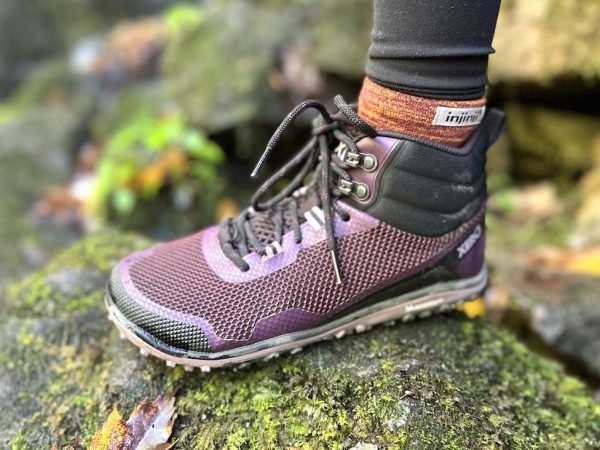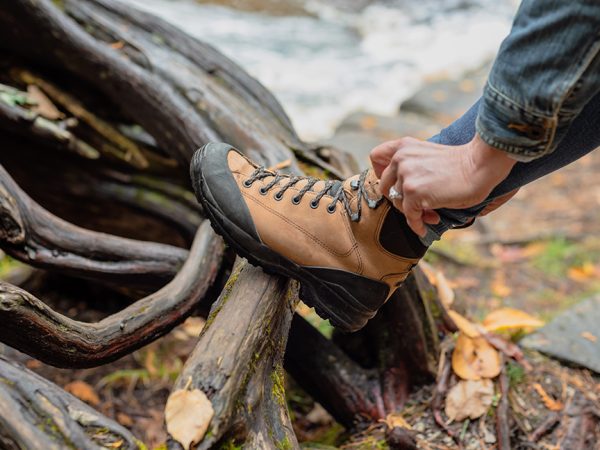“Hiking Boots: Finding the Perfect Balance Between Comfort and Performance”
When it comes to hiking, selecting the right pair of boots is essential for a comfortable and enjoyable outdoor experience. Hiking boots not only provide support and protection for your feet but also play a crucial role in enhancing performance on the trail. Finding the perfect balance between comfort and performance is key to ensuring a successful hiking adventure. Let’s explore some factors to consider when choosing hiking boots to achieve this balance:
**1. Fit and Comfort**
The most important aspect of hiking boots is how they fit and feel on your feet. A proper fit is essential for comfort and preventing blisters and foot fatigue on the trail. Look for boots that offer ample toe room, a snug heel fit, and no pressure points or hot spots. Consider trying on boots later in the day when your feet may be slightly swollen, as this can help ensure a proper fit. Additionally, opt for boots with cushioned insoles, padded collars, and supportive midsoles to enhance comfort during long hikes.
**2. Support and Stability**
Hiking boots should provide adequate support and stability to help prevent injuries and fatigue on uneven terrain. Look for boots with sturdy ankle support to protect against twists and sprains, especially when carrying heavy loads or traversing rocky terrain. A firm midsole and supportive shank offer stability and reduce foot fatigue on long hikes. Additionally, consider the outsole traction and grip, which should provide reliable traction on various surfaces, including wet rocks and muddy trails.
**3. Waterproofing and Breathability**
Depending on the hiking conditions you anticipate, waterproofing and breathability are essential features to consider in hiking boots. Waterproof boots with a breathable membrane, such as Gore-Tex, keep your feet dry and comfortable in wet conditions while allowing moisture to escape from inside the boot. However, if you’re hiking in hot and dry climates, breathable boots with mesh panels or ventilation ports help prevent overheating and sweat buildup, keeping your feet cool and dry.
**4. Durability and Construction**
Durability is another crucial factor when selecting hiking boots, especially if you plan to tackle rugged terrain or embark on extended backpacking trips. Look for boots made from high-quality materials, such as full-grain leather or synthetic uppers with reinforced stitching and abrasion-resistant overlays. Vibram or similar durable outsoles provide excellent traction and withstand wear and tear over time. Additionally, consider the construction method, such as cemented or stitched welts, which affects the boot’s overall durability and longevity.
**5. Weight and Flexibility**
The weight and flexibility of hiking boots play a significant role in overall comfort and performance on the trail. Lightweight boots are ideal for day hikes and fast-paced adventures, providing agility and reducing fatigue during long days on the trail. However, for backpacking or hiking over rough terrain, a slightly heavier boot may offer additional support and protection. Flexibility is also important, as boots should bend naturally at the ball of the foot while providing stability and support in the midsole and ankle areas.
In conclusion, finding the perfect balance between comfort and performance in hiking boots requires careful consideration of fit, support, waterproofing, durability, weight, and flexibility. By choosing boots that meet your specific hiking needs and preferences, you can ensure a comfortable and enjoyable outdoor experience while maximizing performance and protection on the trail. Whether tackling rugged mountain peaks or leisurely nature walks, the right pair of hiking boots will help you conquer any adventure with confidence and comfort.


